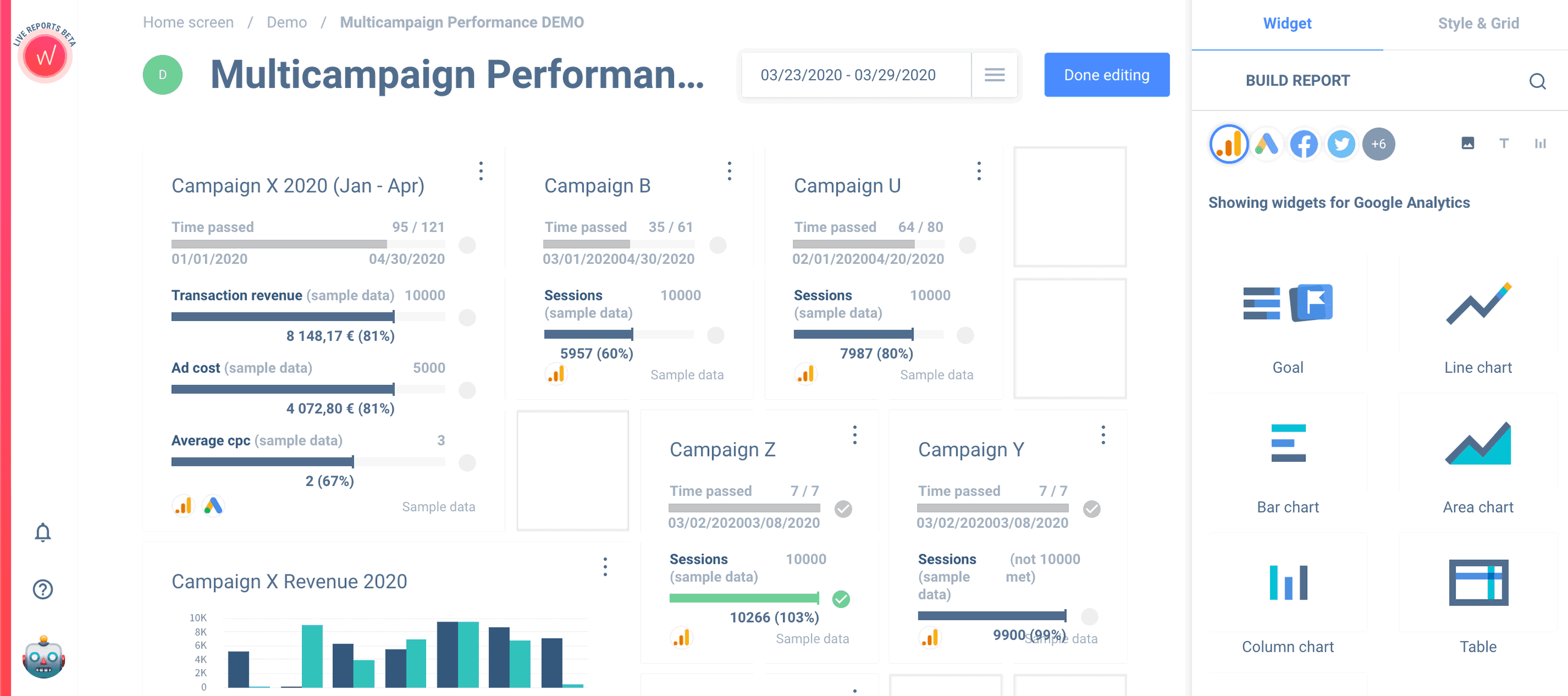Why CPA on Facebook Matters and How to Calculate It?
CPA on Facebook is an acronym for ad cost on the fastest growing ad network in the world, with over 7 million advertisers. Social media marketers must be aware of the CPA and its importance when it comes to running Facebook ads and ad campaigns.

Apr 07 2020●4 min read

Along with CTR (click-through-rate), CPC (cost-per-click), and CVR (conversion rate), CPA or cost-per-action is one of the crucial numbers to pay attention to in order to beat in your industry. It’s of absolute importance for the success of your Facebook ads strategy.
Here’s everything you need to know about CPA when it comes to the world of Facebook Ads, as well as a few words about CPC and CPM you might be interested to learn.
What Is CPA on Facebook?
Facebook CPA is a metric that measures the amount paid every time a visitor engages with your content through Facebook. Facebook uses CPA to charge brands for promoting content to a specific audience through link click, page visits, sign-ups, and app installations.
After selecting the desired action, let’s say a newsletter sign up, you monitor user interactions with your Facebook ad that leads to a newsletter sign up or any other preferred action.
This can help you control how much you pay for the preferred action. When it comes to lead generation, it signifies the cost-per-lead metric.
Here you can try to use Whatagraph Facebook Ads report which may combine many accounts at a single live report.
How to Manage Facebook Ads CPA?
CPA indicates how successful you are in connecting with your Facebook audience. A high CPA means your campaign is not successful, whereas a low CPA means you’re right on the mark.
If you see your CPAs significantly increase in a few days, it means you have to change something. Some marketers noticed an improvement in their ad campaigns after seeing CPAs as the result of ad frequency and landing page conversion rate.
Ad frequency refers to the number of times an average user sees your Facebook ad. A landing page conversion rate is the percentage of users that accept the offer advertised on the landing page.
To build a sustainable Facebook Ads strategy and keep CPAs at a reasonable level, you need to find out how to stop your account from being counter-productive or volatile.
The secret to managing CPAs is keeping your ad frequency low and optimizing your landing page so that it matches user expectations and has high conversion rates.
That is how you control your CPA. You need to closely manage these two telltale metrics to keep your CPAs in check.
How Is CPA Calculated?
To calculate CPA, you need to divide the cost to the advertiser with the number of conversions, or the number of actions taken on your ad.
Cost to the Advertiser / Number of Actions Taken on an Ad = CPA
You can also get your CPA by dividing the cost to the advertiser by the product of the number of ad impressions, conversion rate, and click-through-rate.
Cost to an Advertiser / (Number of impressions x CR x CTR) = CPA
For example, your ad campaign was viewed 10,000 times, received 400 clicks, and had 40 positive conversions in total. The total cost you agree to pay is $200.
To calculate your CPA, you need to know your CTR and CR.
CTR = (400/10,000) x 100 = 0.04 or 4%.
The number of positive conversions was 40, so the conversion rate is:
CR = (40/400) x 100 = 10% or 0.10
Total cost to the advertiser is $200.
So, here’s how to calculate your CPA:
Cost to the Advertiser / Number of Actions Taken on an Ad = CPA
200/40 = $5 or
Cost to an Advertiser / (Number of impressions x CR x CTR) = CPA
200/ (10,000 x 0.10 x 0.04) = $5
What Is The Average Cost-Per-Click (CPC) on Facebook?
CPC or cost-per-click is the price paid for each link click on your ad. This metric is used in the Facebook ad industry for benchmarking ad performance and efficiency.
This pricing model charges you only when users click on your Facebook ad, so it’s most convenient for businesses whose aim is to get users to their website or landing page by clicking on the Facebook ad.
In other words, it encourages them to click away from the advertising platform to a landing page or website.
What is a good CPC on Facebook ads?
Well, the average cost-per-click across all industries is $1.86. Facebook is a considerably more affordable pay-per-click ad platform than Google ads whose average CPC is $2.69.
To calculate CPC, you need to divide the total cost of clicks by the total number of clicks.
For example, imagine your ad gets 4 clicks, two costing $0.20, and the others costing $0.40.
The total cost would be 2x 0.20 + 2x 0.40 = $1.20
So, to calculate your CPC, you need to divide the total cost ($1.20) by 4 (the total number of clicks), which is $0.30:
CPC = 1.20 / 4 = $0.30
Generally, the CPC on Facebook Ads is affected by certain elements such as the ad objective, GEO, ad relevancy, and the target audience. So, a good CPC on Facebook ads would depend on these factors.
How Much Do 1000 Impressions Cost on Facebook?
When it comes to the price of Facebook advertising, it has a lot to do with the bidding model, such as CPM (cost-per-thousand-impressions) or CPC (cost-per-click).
If you use cost-per-thousand-impressions, the average cost of 1000 impressions on Facebook would be $7.19. If you use the cost-per-click bidding model, the average cost of one click would be $0.97.
Ad campaigns whose focus is app downloads or earning likes should expect to pay $5.47 per download and $1.07 per like, on average.
Still, these costs are only averages. The factors that influence the Facebook ad costs include target market, ad placement, industry, etc.
Therefore, don’t use these costs as a standard for your Facebook ad campaigns, but only as a point of reference. Otherwise, you may set unrealistic expectations for your ad campaign, which can lead to poor performance and frustration.
To Sum Up
CPA on Facebook is cost-per-action or cost-per-acquisition which shows how much Facebook charges you when a user takes your desired action, such as a link click, newsletter sign up, video view, app install, etc.
Tracking your CPA can tell you how successful you are in connecting with your Facebook audience and keep you in control of the amount you spend on your ads.
Other important Facebook ad metrics to monitor include CPC or cost-per-click and CPM or cost-per-thousand-impressions. They help you to determine the success of your ad performance and efficiency.
Even though there are pre-determined average values for these metrics, use them only as a point of reference as they mainly depend on your industry and similar factors.

WRITTEN BY
Indrė Jankutė-CarmaciuIndrė is a copywriter at Whatagraph with extensive experience in search engine optimization and public relations. She holds a degree in International Relations, while her professional background includes different marketing and advertising niches. She manages to merge marketing strategy and public speaking while educating readers on how to automate their businesses.